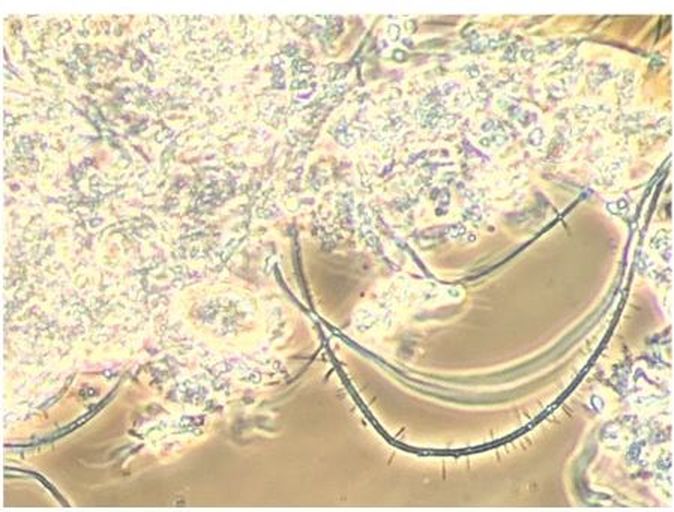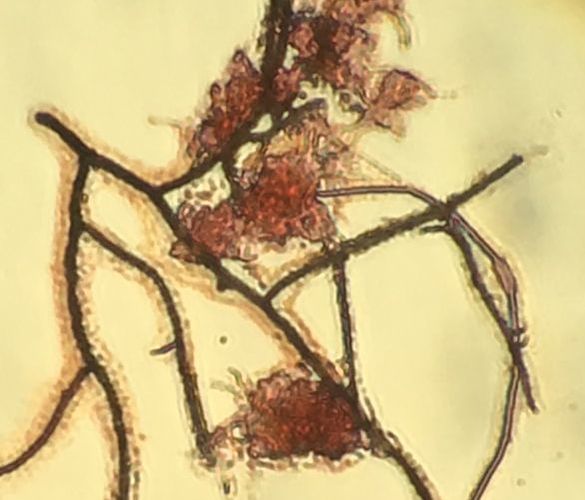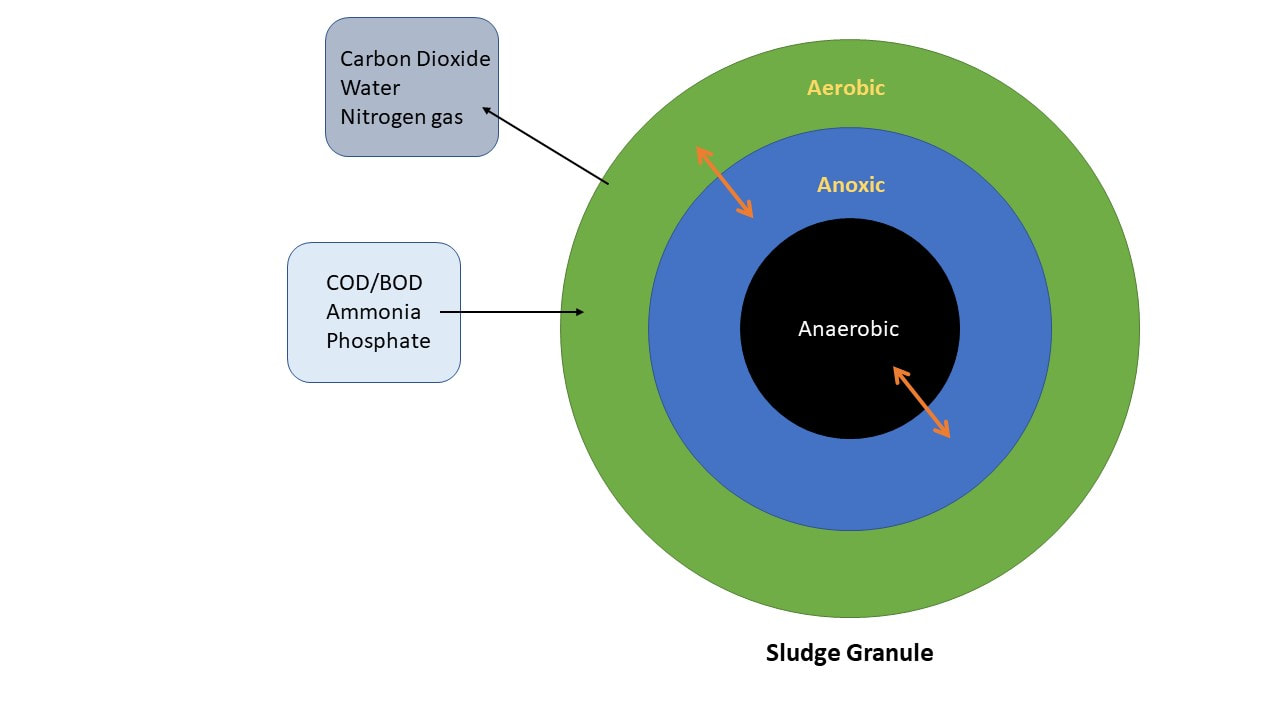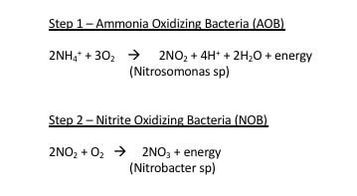Now to filamentous bacteria in wastewater. Some filamentous bacteria can also exhibit non-filamentous growth or life stages. It is only under certain conditions such as low dissolved oxygen or low nutrients that we get the change into filamentous growth patterns. We have been doing work on S. natans which is known to be responsible for many filamentous bulking events. However we are finding S. natans in non-filamentous growth form. This is a microbial example of the same genotype - which reads the same under DNA testing - having a very different outward appearance or phenotype. Other problematic organisms such as Nocardia can also exhibit the same switch from beneficial growth into problem forms under varying environmental conditions.
With our continued DNA based microbial community analysis and qPCR MLSS testing, Aster Bio's Environmental Genomics platform is giving our customers a deep understanding of how genotype and phenotype changes in MLSS can effect wastewater treatment efficiency.





 RSS Feed
RSS Feed